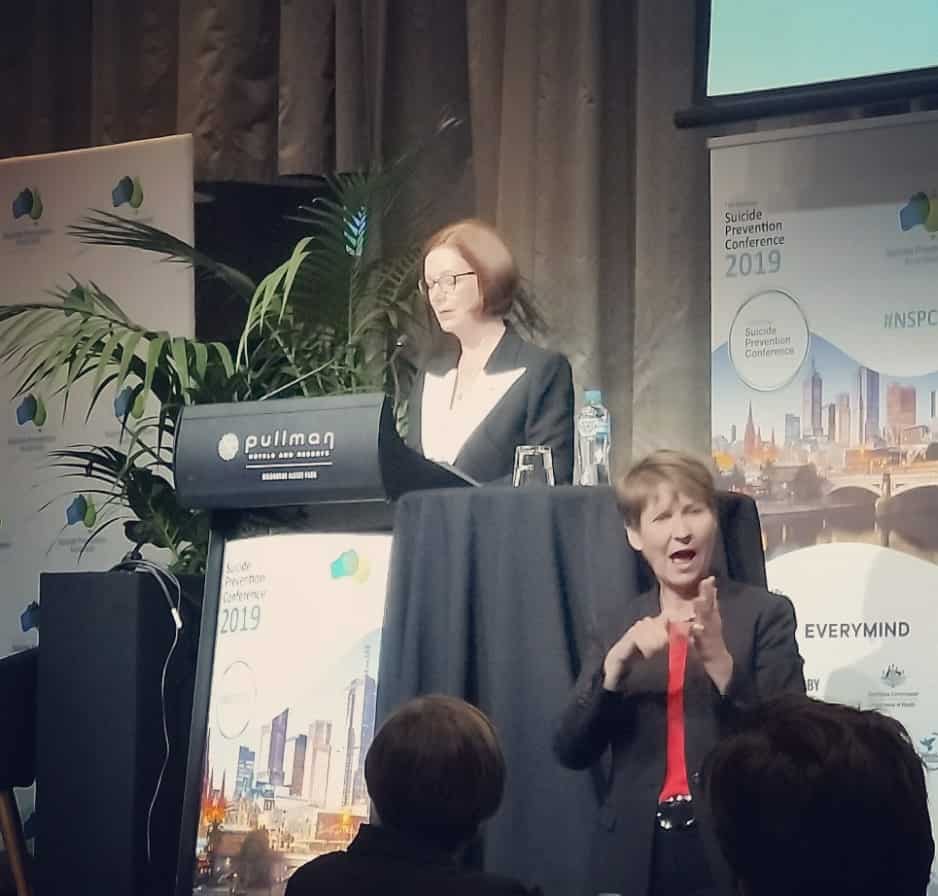
Over 600 delegates at the National Suicide Prevention conference in Melbourne in July 2019 heard one speaker almost invoke the “Safety Differently” concept to suicide prevention (Hands off, its ours, Ed.). This showed that suicide prevention approaches are maturing, but that advocates continue to operate in a public health/mental health silo.
Several speakers acknowledged that the suicide prevention strategies in Australia over the past few decades have failed to reduce the suicide rate. This has been known for some time as evident from this statement by Emeritus Professor Ian Webster in a 2017 publication “Postvention Australia Guidelines”:
Continue reading “Suicide Differently”“Prevention has always been part of the national suicide prevention strategy but its contribution is even more important now as some of the past initiatives have not been as effective in reducing suicide rates as we had hoped.”
Page 5



